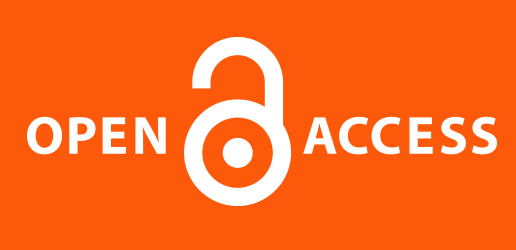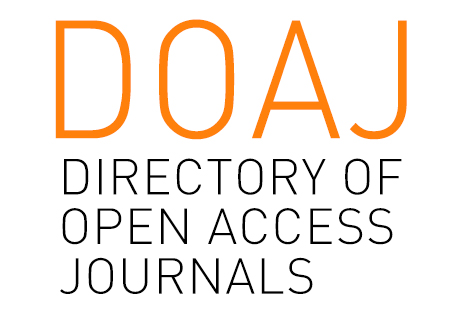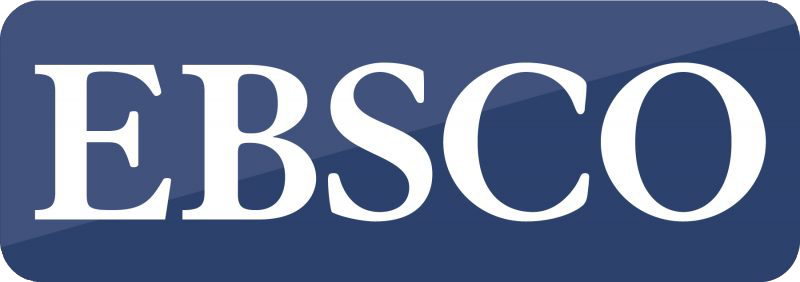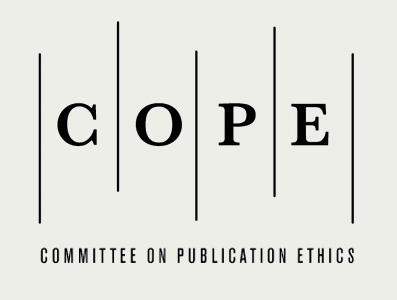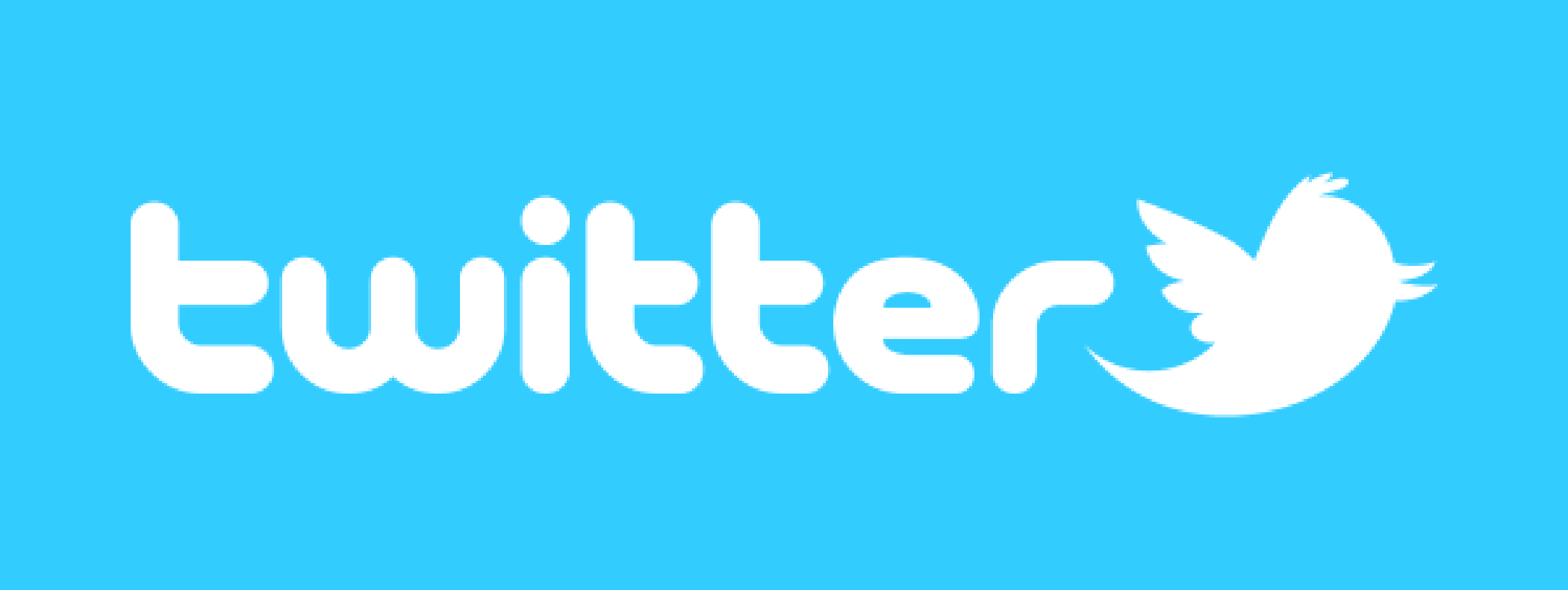Kреативност и општа самоефикасност као предиктори предузетничких компетенција васпитача
Далиборка Р. Поповић, Државни универзитет у Новом Пазару, Нови Пазар, Србија, имејл: dpopovic@np.ac.rs
Милена Д. Белић, Државни универзитет у Новом Пазару, Нови Пазар, Србија
Ђерђи Д. Ердеш Кавечан, Универзитет Привредна академија у Новом Саду, Факултет организационих студија „Едука”, Београд, Србија
Иновације у настави, XXXVIII, 2025/3, стр. 47–59
| PDF | | Extended summary PDF |
DOI: 10.5937/inovacije2503047P
Резиме: Циљ истраживања је сагледавање предикторских снага креативности и опште самоефикасности на предузетничке компетенције студената студијског програма Васпитач у предшколским установама. Узорак су чинила 133 студента Државног универзитета у Новом Пазару, различитих година студија, претежно женске структуре. Kоришћени су следећи инструменти: Kауфманова скала домена креативности, Скала опште самоефикасности и Скала предузетничких способности. Резултати су показали да испитаници највише изражавају личну/свакодневну креативност, док су најниже оцене добијене у области механичко-научне креативности. Пронађена је статистички значајна позитивна повезаност између креативности, опште самоефикасности и предузетничких компетенција. Најјача корелација је утврђена између опште самоефикасности и предузетничких компетенција. Резултати регресионе анализе указују на то да општа самоефикасност представља значајан предиктор предузетничких компетенција, док се креативност није показала као статистички значајан предиктор у овом моделу. Закључује се да развој предузетничких компетенција код будућих васпитача у великој мери зависи од њихове способности да верују у сопствене потенцијале, док креативност доприноси овом процесу у одређеним димензијама. Ови налази указују на потребу за усмеравањем образовних програма ка јачању самоефикасности и специфичних облика креативног израза у контексту предшколског васпитања
Kључне речи: предузетничке компетенције, креативност, самоефикасност, васпитачи.
Summary: The general goal of the research was to examine the predictive power of creativity and general self-efficacy on the entrepreneurial competencies of students of the academic department Teachers in Preschool Institutions. The sample consisted of 133 students of the State University in Novi Pazar, most of which were female and studying at different levels of undergraduate studies. The following instruments were used: Kaufman’s Creativity Domain Scale, General Self-Efficacy Scale, and Entrepreneurial Abilities Scale. The results showed that the respondents expressed mostly personal/everyday creativity, while the lowest scores were obtained in the area of mechanical-scientific creativity. A statistically significant positive correlation was identified between creativity, general self-efficacy, and entrepreneurial competencies. The strongest correlation was found between general self-efficacy and entrepreneurial competencies. The results of the regression analysis indicate that general self-efficacy is a significant predictor of entrepreneurial competencies, while creativity did not prove to be a statistically significant predictor in this model. It is concluded that the development of entrepreneurial competencies in future preschool teachers largely depends on their ability to believe in their own potential, while creativity contributes to this process in certain dimensions. These findings indicate the need to direct educational programs towards strengthening self-efficacy and specific forms of creative expression in the context of preschool education.
Keywords: entrepreneurial competencies, creativity, self-efficacy, preschool teachers.
Литература:
- Bacigalupo, M., Kampylis, P., Punie, Y., & Van den Brande, G. (2016). EntreComp: The Entrepreneurship Competence Framework. Publication Office of the European Union. https://doi.org/10.2791/593884
- Baggen, Y., Mainert, J., Lans, T., Biemans, H. J. A., Greiff, S., & Mulder, M. (2015). Linking complex problem solving to opportunity identification competence within the context of entrepreneurship. International Journal of Lifelong Education, 34, 412–429. https://doi.org/10.1080/02601370.2015.1060029
- Baer, M. (2012). Putting creativity to work: The implementation of creative ideas in organizations. Academy of Management Journal, 55(5), 1102–1119. https://doi.org/10.5465/amj.2009.0470
- Baer, J., & Kaufman, J. C. (2005). Bridging generality and specificity: The Amusement Park Theoretical (APT) model of creativity. Roeper Review, 27(3), 158–163. https://doi.org/10.1080/02783190509554310
- Bandura, A. (1997). Self-efficacy: The exercise of control. Freeman.
- Bennett, M. (2006). Business lecturers’ perception of the nature of entrepreneurship. International Journal of Entrepreneurial Behaviour & Research, 12(3), 165–188. https://doi.org/10.1108/13552550610667440
- Bird, B. (1988). Implementing entrepreneurial ideas: The case for intention. Academy of Management Review, 13(3), 442–453. https://doi.org/10.5465/amr.1988.4306970
- Bird, B. (2002). Learning entrepreneurship competencies: The self-directed learning approach. International Journal of Entrepreneurship Education, 1(2), 203–227.
- Drucker, P. F. (2006). Innovation and entrepreneurship: Practice and principles. HarperBusiness.
- Eccles, J. S., & Wigfield, A. (2002). Motivational beliefs, values, and goals. Annual Review of Psychology, 53(1), 109–132. https://doi.org/10.1146/annurev.psych.53.100901.135153
- European Commission (2018a). Proposal for a Council recommendation on key competences for lifelong learning (24). https://eur-lex.europa.eu/legal-content/EN/TXT/?uri=CELEX:52018DC0024
- Evropska komisija / EACEA / Eurydice (2012). Developing Key Competences at School in Europe: Challenges and Opportunities for Policy. Ured za publikacije Europske unije.
- Feldman, D. H. (1986). Nature’s Gambit. Basic Books.
- Fillis, I., & Rentschler, R. (2010). The role of creativity in entrepreneurship. Journal of Enterprising Culture, 18(1), 49–81. https://doi.org/10.1142/S0218495810000501
- Florida, R. (2002). The rise of the creative class: And how it’s transforming work, leisure, community, and everyday life. Basic Books.
- Gibb, A. A. (2002). In pursuit of a new ’enterprise’ and ’entrepreneurship’ paradigm for learning: Creative destruction, new values, new ways of doing things and new combinations of knowledge. International Journal of Management Reviews, 4(3), 233–269. https://doi.org/10.1111/1468-2370.00086
- Guilford, J. P. (1950). Creativity. American Psychologist, 5(9), 444–454. https://doi.org/10.1037/h0063487
- Grozdanić, R., Radojčić, M., i Vesić, J. (2007). Preduzetnička orijentacija. Tehnički fakultet u Čačku.
- Harper, S. C. (1991). The McGraw-Hill guide to starting your own business. McGraw-Hill Inc.
- Ivanišević, D., i Vlašić, A. (2022). Relacije opšte samoefikasnosti sa nekim sociodemografskim varijablama i zadovoljstvom životom. Educa, 15(15), 109–113.
- Kaufman, J. (2006). Self-Reported Differences in Creativity by Gender and Ethnicity. Applied Cognitive Psychology, 20, 1065–1082. https://doi.org/10.1002/acp.1255
- Kaufman, J. C. (2012). Counting the muses: Development of the Kaufman Domains of Creativity Scale (KDOCS). Psychology of Aesthetics, Creativity, and the Arts, 6(4), 298–308. https://doi.org/10.1037/a0029751
- Kaufman, J. C., & Baer, J. (2004). Sure, I’m creative – but not in math!: Self-reported creativity in diverse domains. Empirical Studies of the Arts, 22(2), 143–155. https://doi.org/10.2190/26HQ-VHE8-GTLN-BJJM
- Krueger, N. F., Reilly, M. D., & Carsrud, A. L. (2000). Competing models of entrepreneurial intentions. Journal of Business Venturing, 15(5–6), 411–432. https://doi.org/10.1016/S0883-9026(98)00033-0
- Lazić, M., Jovanović, V., & Gavrilov-Jerković, V. (2021). The General Self-Efficacy Scale: New evidence of structural validity, measurement invariance, and predictive properties in relationship to subjective well-being in Serbian samples. Current Psychology, 40, 699–710. https://doi.org/10.1007/s12144-018-9992-6
- Maričić, S. V. (2023). Samorefleksija kao epistemološki pristup istraživanju pedagoških pitanja na primeru studije slučaja. Inovacije u nastavi, 36(3), 153–160. https://doi.org/10.5937/inovacije2303153M
- Marentič Požarnik, B. (2018). Profesionalni razvoj učitelja u kontekstu cjeloživotnog učenja. Život i škola, 64(1), 7–21.
- Plucker, J. A., & Makel, M. C. (2010). Assessment of creativity. In J. C. Kaufman & R. J. Sternberg (Eds.). The Cambridge handbook of creativity (pp. 48–73). Cambridge University Press. https://doi.org/10.1017/CBO9780511763205.005
- Pravilnik o standardima kompetencija za profesiju vaspitača i njegovog profesionalnog razvoja (2018). Službeni glasnik Republike Srbije – Prosvetni glasnik, broj 110-00-571/2018-04.
- Runco, M. A. (2004). Creativity. Annual Review of Psychology, 55, 657–687. https://doi.org/10.1146/annurev.psych.55.090902.141502
- Runco, M. A. (2007). Creativity: Theories and themes: Research, development, and practice. Academic Press.
- Ruskovaara, E., & Pihkala, T. (2013). Teachers implementing entrepreneurship education: Classroom practices. Education + Training, 55(2), 204–216. https://doi.org/10.1108/00400911311304832
- Schunk, D. H. (2012). Learning Theories, an Educational Perspective (6th ed.). Pearson Education Inc.
- Schunk, D. H., & Pajares, F. (2002). The development of academic self-efficacy. In A. Wigfield, & J. S. Eccles (Eds.). Development of achievement motivation (pp. 15–31). Academic Press.
- Schwarzer, R., & Jerusalem, M. (1995). General Self-Efficacy Scale (GSE). APA PsycTests. https://doi.org/10.1037/t00393-000
- Slunjski, E., Šagud, M., & Branša-Žganec, A. (2006). Kompetencije odgojitelja u vrtiću – organizaciji koja uči. Pedagogijska istraživanja, 3(1), 45–57. https://hrcak.srce.hr/139311
- Stepić, G. M. (2024). Opšta samoefikasnost i preduzetničke sposobnosti studentkinja – budućih vaspitačica. Inovacije u nastavi – časopis za savremenu nastavu, 37(2), 85–98. https://doi.org/10.5937/inovacije2402085S
- Tierney, P., & Farmer, S. M. (2002). Creative self-efficacy: Its potential antecedents and relationship to creative performance. Academy of Management Journal, 45(6), 1137–1148. https://doi.org/10.5465/3069429
- Torrance, E. P. (1974). Torrance Tests of Creative Thinking. Ginn and Company.
- Zakon o nacionalnom okviru kvalifikacija Republike Srbije (2020). Službeni glasnik RS, br. 27/2018 i 6/2020. https://www.paragraf.rs/propisi/zakon-o-nacionalnom-okvirukvalifikacija-republike-srbije.html
- Zimmerman, B. J. (2000). Self-efficacy: An essential motive to learn. Contemporary Educational Psychology, 25(1), 82–91. https://doi.org/10.1006/ceps.1999.1016
- Županić Benić, M. (2021). Translation and validation of the Kaufman Domains of Creativity Scale on a Croatian sample of early childhood and preschool education students. Center for Educational Policy Studies Journal, 11(3), 163–179. https://doi.org/10.26529/cepsj.708
Copyright © 2025 by the publisher Faculty of Education, University of Belgrade, SERBIA. This is an open access article distributed under the terms of the Creative Commons Attribution License (CC BY 4.0) (https://creativecommons.org/licenses/by/4.0/), which permits unrestricted use, distribution, and reproduction in any medium, provided the original paper is accurately cited.
